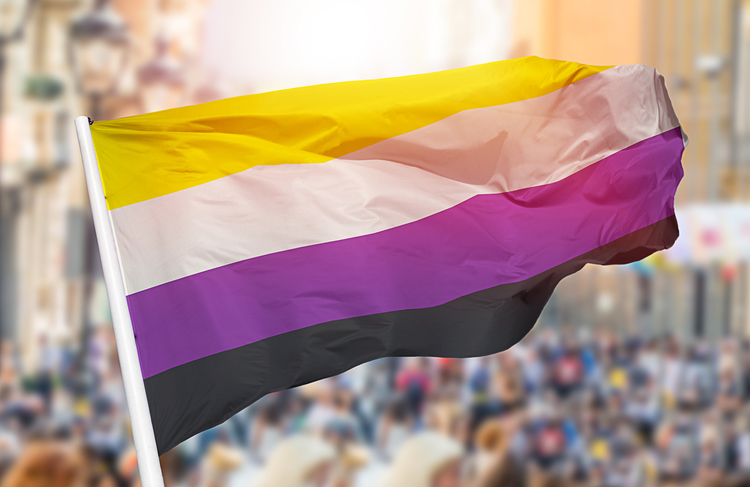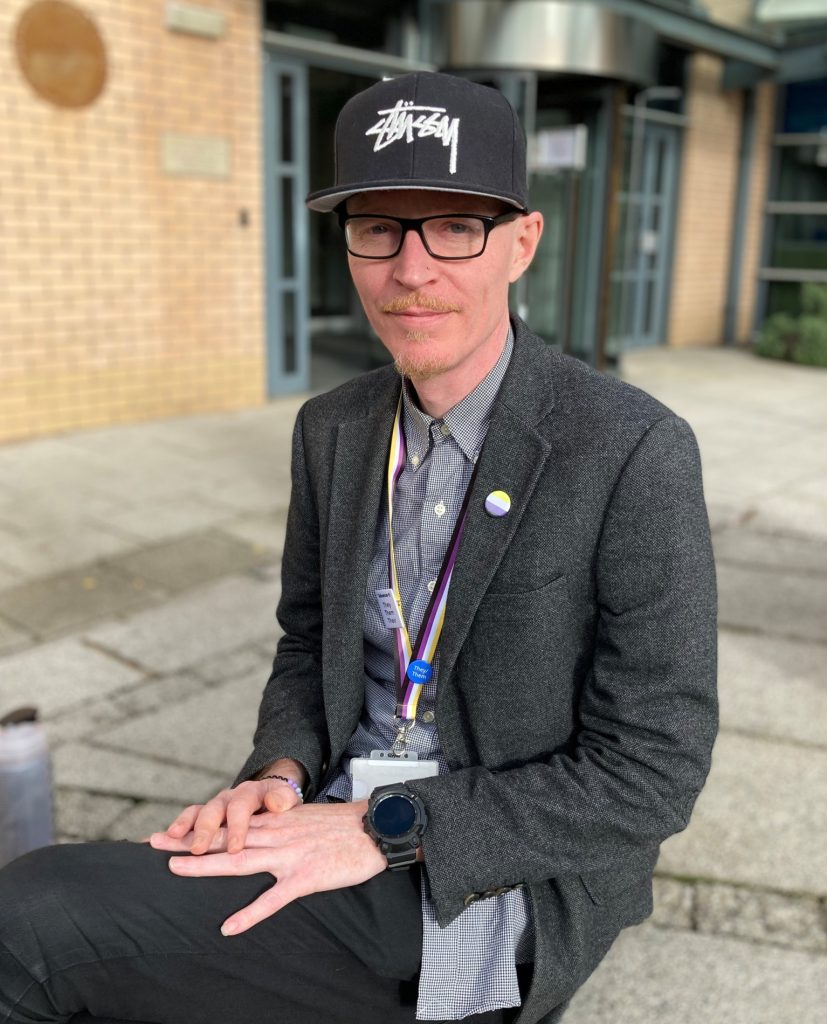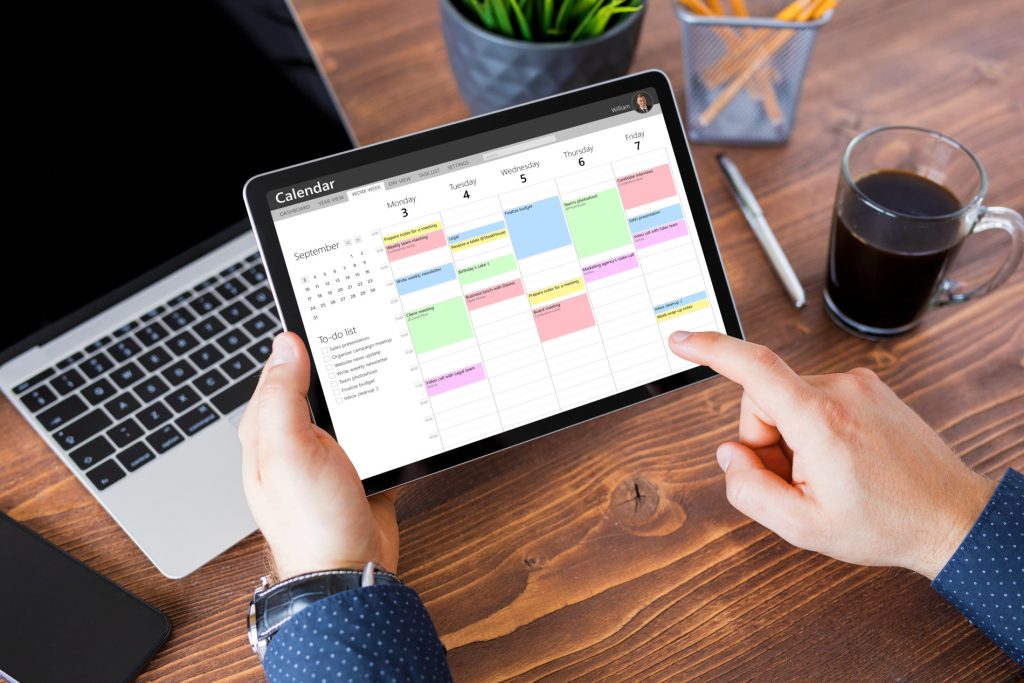Pride Beyond The Parades: Life As A Non-Binary Trailblazer
RECRUITMENT • Jun 27, 2023

With Dr Jamie Cruickshank, Senior Lecturer at Leeds Trinity University
Pride month can be an occasion that elicits mixed emotions. On the one hand, it’s an opportunity to celebrate how far society has come in the quest for tolerance and understanding. On the other, it can serve as a reminder of the ongoing struggles that LGBTQIA+ individuals still face worldwide.
These challenges can be even more pronounced for those people whose identity is less easily defined and understood. Currently in the UK, for example, non-binary people don’t have legal recognition. This means having to choose ‘male’ or ‘female’ on official documents like passports, marriage certificates, and even in the workplace. Add to this the daily decisions they are forced to make around places such as toilets and changing rooms, and the fact that they are often prescribed binary gender labels by strangers. To discuss these issues and more, we had the privilege of interviewing Dr. Jamie Cruickshank, a Senior Lecturer in psychology at Leeds Trinity University. Jamie identifies as demisexual, transgender, and uses they/them pronouns.
The Path To Self-Acceptance
Speaking of their own journey to self-discovery and the complexity of understanding their own identity, Jamie remembered, “Even as I child I had difficulty with the concept of gender. Although I didn’t have the language to describe it then, I knew I didn’t feel right in my own skin. My dad was in the army and I’d be given action man to play with, but it wasn’t my thing. Instead, I’d be secretly playing with my sister’s toys.”
As Jamie grew older, life didn’t become any less challenging, particularly as they began to feel increasingly different from their peers. They recalled, “I was always a slow developer physiologically, and I went through puberty quite late. In secondary school, I was smaller than the other kids. I remember feeling awkward being around other boys turning into men, and feeling like I wasn’t.”
Dr Jamie Cruickshank
Sexual Identity Vs Gender Identity
It’s a common misconception that gender identity and sexual orientation are connected. If someone is transgender, for example, many people automatically assume that they must also be gay. However, gender and sexuality are different, and it’s an important distinction to understand. Jamie, too, recalled their own initial confusion: “At first I didn’t even consider that gender identity and sexual identity were different things, because for most people they just line up. In terms of sexuality, I initially identified as bisexual. I later realised I identify as demisexual, which is on the asexuality spectrum. This just means that any relationship I form with someone depends on the bond I have with them rather than any physical characteristics.”
Jamie recalled their gender identity took slightly longer to figure out: “It was only around 12 years ago that I first met a non-binary person, a student of mine, and it blew my mind. They introduced me to the concept of being transgender as a broad spectrum outside of there just being trans men and trans women. Now I identify and a transgender non-binary androgyne, which means I don’t feel male or female.”
Navigating Bias And Discrimination
When it comes to the world of work, LGBTQIA+ individuals face markedly more challenges than their straight, cisgender peers. A survey conducted by Stonewall and YouGov revealed that one in five queer people have experienced harassment and negative comments at work, with one in eight trans people being victims of physical assault. Figures like this come as no surprise to Jamie, who remembered, “Some people just didn’t respect my identity and would be outright hostile about it, even intentionally referring to me as a man despite the distress it caused.”
However, Jamie describes how everyday bias and discrimination in the workplace can sometimes be more insidious: “We’re constantly confronted with so much signposting of gender, which can be really hard to navigate as a non-binary or gender non-conforming person. I know it’s a right-wing talking point, but gender binaries that exist in places like toilets can cause a lot of discomfort. It’s the same if I’m asked to fill out a form that only has options for ‘male’ or ‘female’.”
Like 33% of trans people, Jamie must also deal with being misgendered on a frequent basis, something that can have harmful consequences for a person’s mental health. They explained, “At work I wear a badge with the pronoun ‘doctor’ to avoid being called ‘Mr’, and sometimes I’ll wear badges that say ‘they/them’. If someone calls me ‘Mr’ it can feel like a microaggression even when no offense is intended. It’s the type of thing that comes with an emotional labour cost. However, I’ll always be gentle and kind about correcting people. This doesn’t tend to happen in my current place of employment, though – LTU is the most welcoming and inclusive place I’ve ever worked.”
Cultivating LGBTQIA+ Inclusion In The Workplace
Jamie emphasised that creating an LGBTQIA+ friendly workplace doesn’t have to be daunting, and that there are simple steps employers can take to foster inclusivity. They note, “It’s not as hard as people think. With something like signage, for example – just make it gender neutral. Take the time to examine how language is used internally, too. A lot of the time you don’t even need gendered terms, so just get rid of them. If you’re having trouble with pronouns, use ‘they/them’, it works for everyone.”
“Taking steps to educate the workforce is also really important, and it’s no bad thing to make inclusivity training mandatory – often the people who are most resistant to being educated are the ones who need it the most.”
With over one-third of LGBTQIA+ individuals still feeling they have to hide who they truly are at work, allies have a crucial role to play in helping others feel valued and accepted.
Speaking of the steps colleagues can take to be an ally to members of the LGBTQIA+ community, Jamie noted, “One of the biggest things people can do for me is remember I still exist when I’m not in the room, and protect my identity when I’m not there. So, if someone calls me ‘he’ in conversation, letting them know that’s not how I identify. That gives me a real sense of acceptance and authenticity.”
“That’s what allies do, they validate your existence and fight for your identity and your rights. The small actions of other people can really do a lot to make our lives that much easier.”





